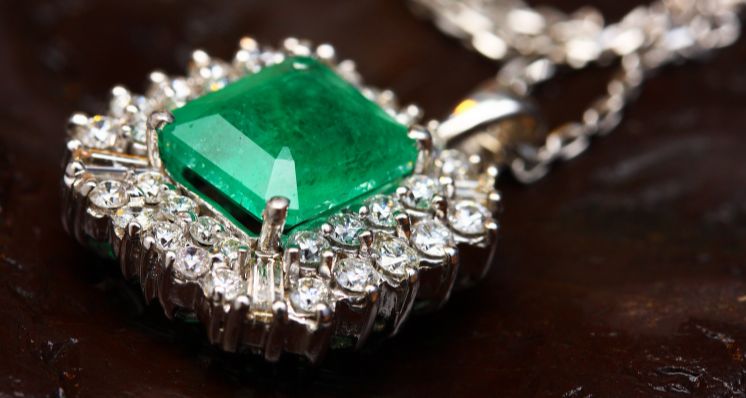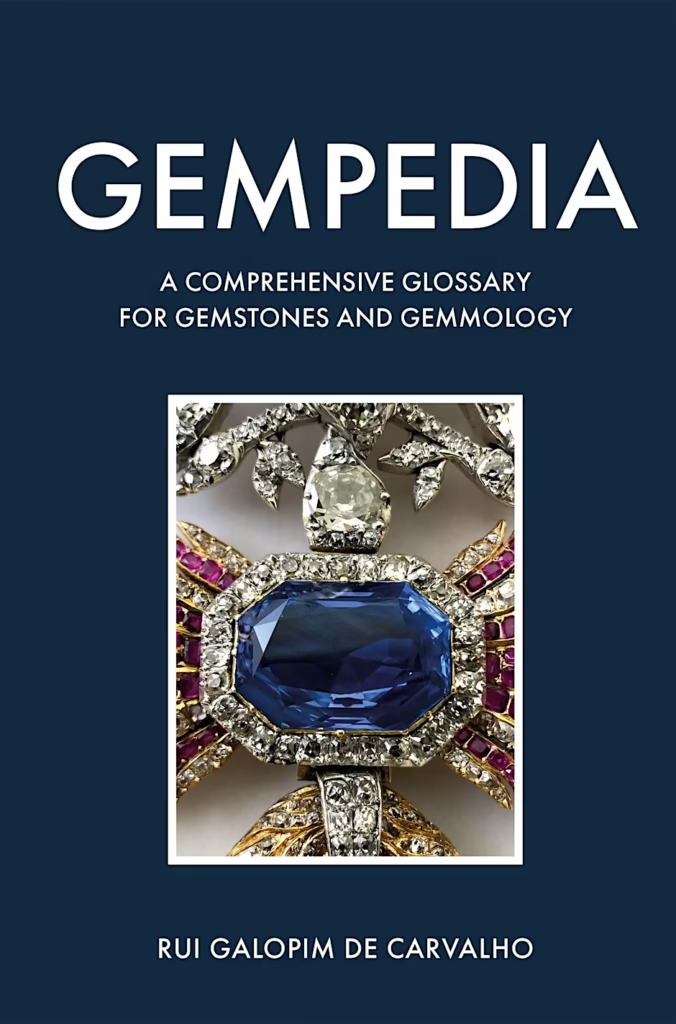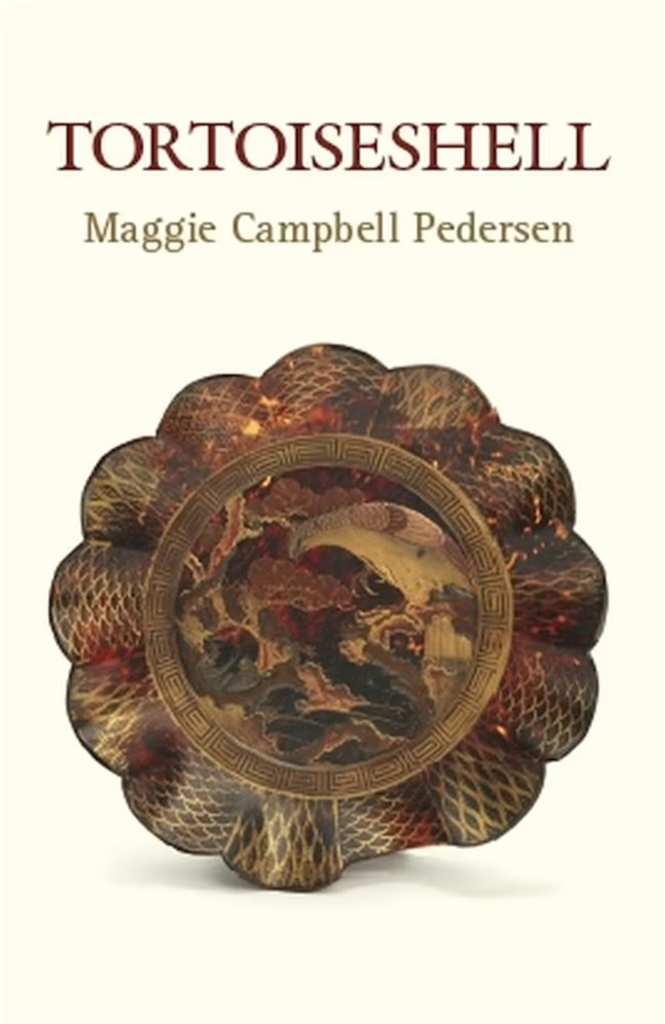
Buying a piece of fine jewellery is often an emotional experience. Whether it’s an engagement ring, a wedding band or a special occasion gift, a piece’s particular combination of diamonds, gemstones, precious metal and design is chosen by the customer for a purpose.
Yet with such a wide array of stones, cuts, colours, styles and shapes on offer, it is easy for shoppers to be overwhelmed and, therefore, forget to ask the important questions.
Here, we consider the 10 questions that customers should ask before purchasing a piece of diamond and/or gemstone jewellery… or the 10 questions retail jewellers should strive to be able to answer!
If you think we’ve missed any, share your thoughts with us on editor@gem-a.com.
1. What are the Four Cs of this diamond?
The obvious place to start with any diamond is the Four Cs, also known as cut, clarity, colour and carat weight. The sales associate should be able to offer information in all four categories and, crucially, explain why this matters. Just telling you a diamond solitaire is an F colour isn’t helpful without context, explanation and possibly comparison to other stones.
2. Where does this diamond originate from?
This is a sensible question to ask for mined diamonds, although it won’t necessarily have a simple answer. It all depends upon the piece you are buying and the suppliers used by the retailer you are visiting. Some diamonds, such as CanadaMark diamonds, are so-named because they originate from Canada’s Northwest Territories (something that is indicated by a microscopic maple leaf engraving on the girdle).
Read more: The Geology of Diamonds
If a piece is set with a CanadaMark diamond, you can be assured of this origin. In other cases, a diamond may have come from one of many mines across the world and supplied without details of specific origin to a supplier. In this instance, you may wish to ask a retailer who supplies their diamonds and make some preliminary enquiries.
3. Is this diamond offered with a grading report or lab report?
With some purchases, especially of larger diamond solitaires, your jewellery piece may be presented with a lab or grading report that outlines the Four Cs and in some cases origin.
Look out for recognised industry bodies on the paperwork, like GIA (Gemological Institute of America) or IGI (International Gemological Institute). Don’t be afraid to do a quick search to check the veracity of any bodies listed on reports you are offered.
4. Where does this coloured gemstone originate from?
Some retailers and designer brands will be able to tell you exactly where a gemstone has originated from, especially those who source their own gemstones or are associated with Fairmined, Fairtrade and other ethical sourcing initiatives. Other businesses may buy whole collections from third-party brands and suppliers, which means they rely on them for information on gemstone origin. As a consumer, it is not unreasonable to expect a retailer to have had conversations about gemstone origin with their suppliers and to pass that information on to you (if they have it).
Unlike diamonds, gemstones don’t have a fixed Kimberley Process-type scheme in place and there are a number of ‘stages’ from mine-to-market, including sorting, cutting, polishing and finishing. A gemstone may have journeyed to many parts of the world before ending up in a finished jewellery piece.
5. What treatments, if any, have been applied to this gemstone?
Lots of gemstones are treated to enhance their colour, whether this is through the application of heat or other means, like oiling in emeralds. As long as these techniques are disclosed and the customer is made aware, there is nothing inherently wrong with a treated gemstone.
Sometimes what is done to a gemstone to enhance its appearance can have an effect on its durability, which makes disclosure even more important. Plus, a gemstone that has not been treated is likely to be far more valuable than another that has been treated, even if they look similar to the naked eye.
6. What factors make this coloured gemstone a good choice for me?
Buying a piece of fine gemstone jewellery should be enjoyable and it is important that the piece you choose reflects your personality and tastes. A sales associate should be able to discuss the particulars of a gemstone, such as its colour, clarity, any visible inclusions, as well as broader factors like whether it is a particular birthstone.
Have a conversation about its hue, tone and saturation of colour, as well as how this affects its value. Choosing the ‘ideal’ gemstone is more subjective than choosing a diamond, so be prepared to follow your instincts.
7. Can you explain the terms ‘Pigeon’s Blood’, ‘Ceylon Sapphire’ and ‘AAA Tanzanite’?
Although Google has a tendency to be an enemy of accurate gemmology, it does throw up a number of interesting terms associated with different gemstones. Sapphires, for example, may be described as ‘cornflower’, ‘Ceylon blue’ or ‘Peacock blue’.
Read more: Understanding the Value of Sapphire
This cacophony of confusing terminology certainly isn’t fool proof, so it is worth asking questions (especially if they are used by a retail sales associate). A good example is Tanzanite, which is sometimes described as ‘AAA’, ‘AA’ or ‘A’ to denote quality in descending order. There is no standard quality grading scale for tanzanite, so while this system is helpful it is not universal.
8. Why is this gemstone cut and/or set in this particular way?
Gemstones are typically fashioned in certain cuts or settings based on their characteristics, particularly susceptibility to damage. An emerald, for example, is usually presented in a rectangular emerald-cut with truncated corners because this suits its brittle nature. Opals, which are just 5-6 on the Mohs scale of hardness, are often sold with a bezel or ‘rub-over’ precious metal setting to protect the stone.
Read more: Exploring the Cat’s Eye Phenomenon
Gemstones with stars or cat’s eye optical effects are typically fashioned into cabochons, as this showcases this natural phenomenon best. Asking these questions is a fantastic way to get to know your jewellery piece.
9. How should I care for my gemstone or diamond jewellery piece?
Make sure to find out what cleaning techniques are suited to your piece before leaving a store. Some gem materials are heat sensitive, some like pearls and amber can react badly to commercial cleaners, and others are damaged by ultrasonic cleaning. Ask the right questions and get accurate information before taking a chance.
10. What should I know about the precious metal used?
18K yellow gold and platinum are two obvious choices for fine jewellery, but you may prefer 18K white gold. With the latter, it is often rhodium-plated to enhance its bright white colour, although this can fade over time and need to be replaced. Many brands, businesses and designers offer recycled precious metals and Fairtrade options too, so spend some time researching to find jewellery that suits your values. ☐
Keep checking back to the Gem-A Blog to discover more gemstone buying guides.
To start your journey into gemmology, discover the full range of Gem-A short courses and workshops, here.
Contact us to ask questions and find out more. information@gem-a.com


